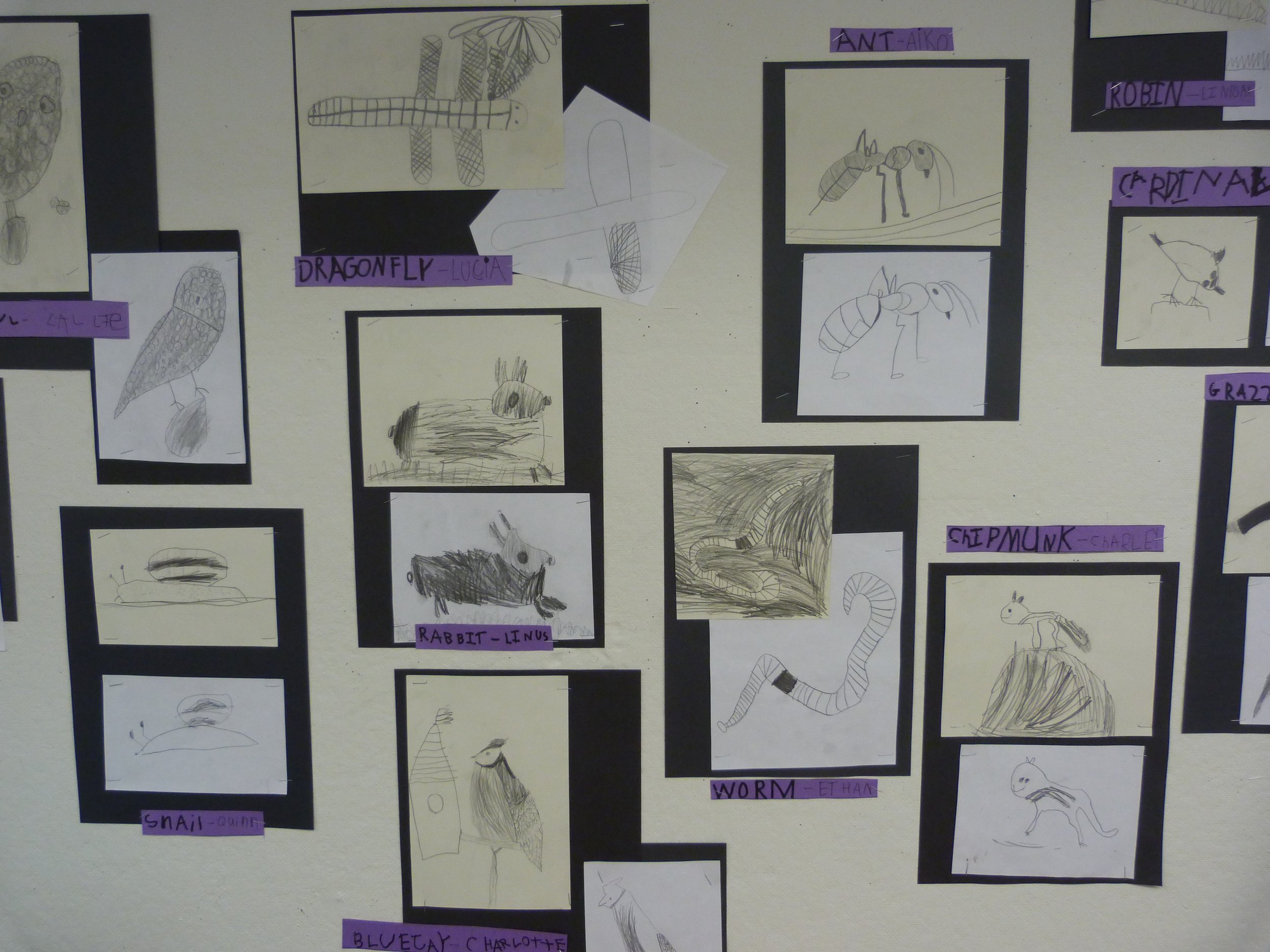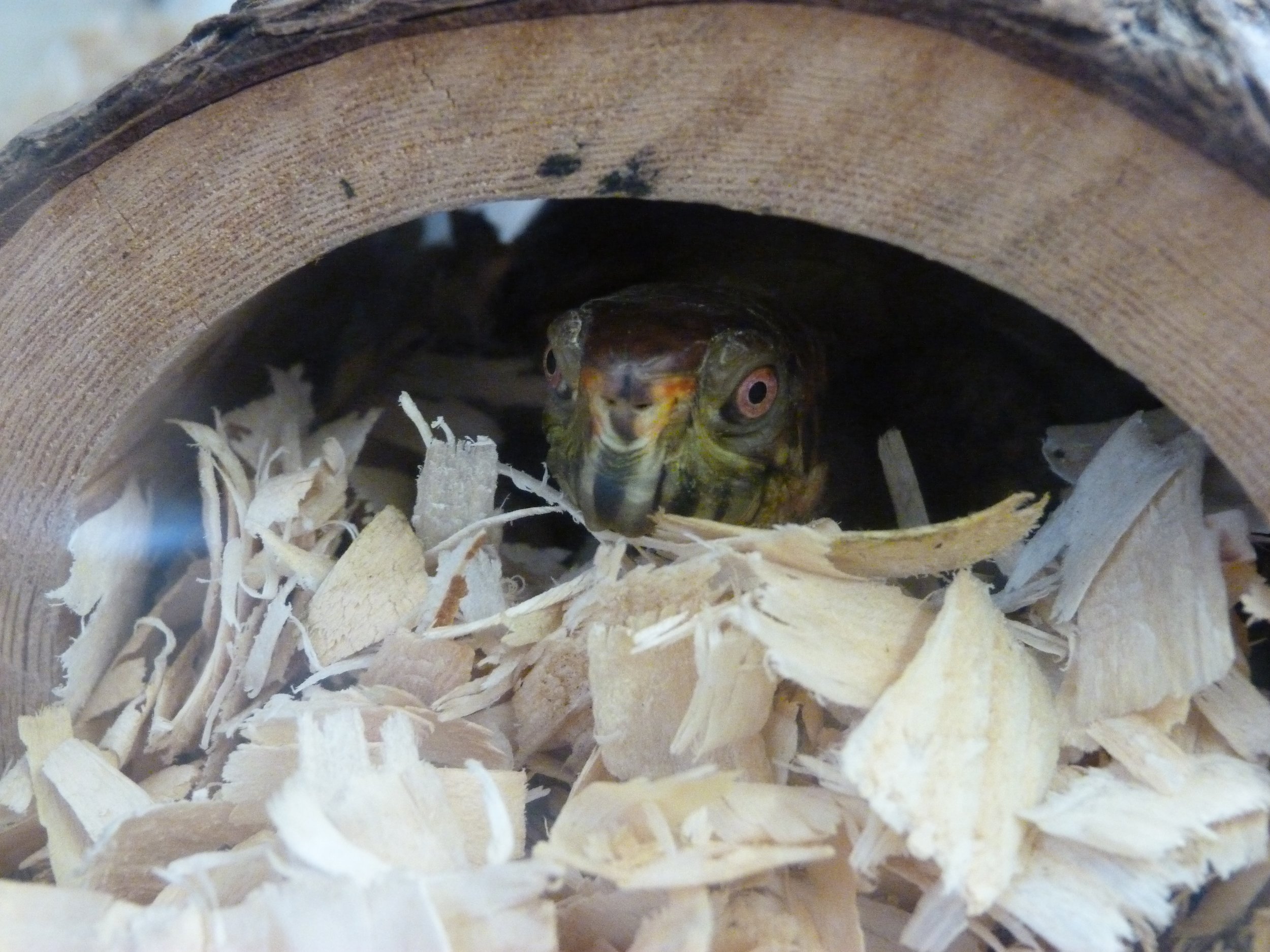We received the following question in an email from our wonderful colleagues at Buckingham Browne & Nichols (BB&N), Anthony Reppucci, Assistant Director of the Lower School and Susan Kinsky, second grade teacher:
Hi Louise and Ashley,
This afternoon Susan and I were talking and she was telling me about some conversations she was having with groups in her class. The conversation was about monarch butterflies. In second grade monarchs are not a big study, just something done in the first few weeks of school in science, but the conversation was interesting and we were interested in your thoughts. The conversations were different in each group and the direction came from the kids:
Group 1- Conversation about monarchs and asking questions about why they always migrate to Mexico. In this group someone said, "The big question is what is so special about Mexico?"
Group 2- How do monarchs pass down information from one generation to the next? The kids came up with theories on this and discussed them.
If a teacher wanted to move forward with this conversation, how would you both do it? For group 2 we thought kids could show their theories on paper? We were just interested in hearing your thoughts.
Here are my thoughts…in no particular order.
Paul Simon’s "50 Ways to Leave Your Lover"comes to mind. On September 8th we attended a fabulous concert in Middlebury with Clint Bierman and Peter Day, lead musicians of The Grift. They sang their own original songs as well as seventeen classics of Simon and Garfunkel. The song came to mind, I think, because it evoked both possibility and pathos. "He/she's the love of my life...but I've got other things I gotta do...." Isn't this a bit like when you're in a classroom of live minds and one comes up with a fabulous idea, and you think, wowowow, but I have a zillion things I HAVE to do before lunch time. What if, though, in our infinite wisdom, we remember when Carlina Rinaldi encouraged us all to imagine a hundred ways learning might occur around an experience. She said, "Then, we might be ready for the hundred and one ways that children might imagine."
The concert and the song comes to mind mostly because…What do teachers do with giant opportunities such as this? Often, like one line in this song, they Slip out the back, Jack becausethey are preoccupied with their own agenda and they don't really LISTEN to their students…they just move on to their OWN next thought.
However, there is also a following line in the song: Make a new plan, Stan. If we really LISTEN to the children, we can make THEIR thinking our main agenda. This is what Susan and Anthony are in the midst of doing. They have listened, stopped and wondered...How can be best honor our students' thinking and their original inquiry and questions?
What’s so special about Mexico?
Possibilities for extending their thinking include:
You wonder about why they always go to Mexico and not to Brazil? Why do you think…?
What is migration, anyway?
Do you know other animals that migrate?
Do humans migrate?
What is so special about Mexico? What have you heard about Mexico? (Be prepared for a political discussion!)
How do monarchs pass down information from one generation to the next?’
How do you think the information is passed down? What are your theories?
What is the information that is passed down?
What is a generation?
Have you learned information from your parents? What?
Have you found information in other ways?
What, how?
And on and on…following the big concepts: migration, genetics, geography, climate change, the wonders all around us…others?
Teacher’s role: record in writing…on white board…on poster board…near community meeting center.
Then, with each big theory, How could you show this idea? Could you draw it? What other materials could you use?
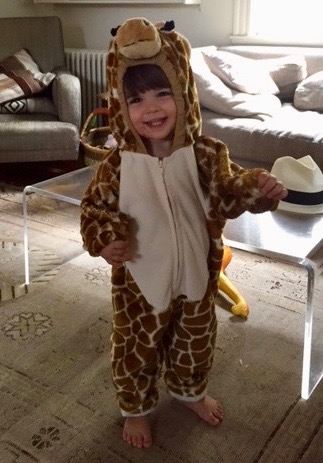 On this rainy day, I was struck by the bright yellow and crimson leaves on the grass on an afternoon walk around the Arnold Arboretum. This weather and this season make me think of our holiday coming up...always right before important elections for our country. I think of all the Halloweens that I have spent in schools, the parades and treats and children as animals, heroes, characters from books and movies, angels, devils, princesses, and kings.
I think of all the Halloweens with our own two sons growing up...as mice, and moose and wizards in costumes often fashioned at home. And now, I make and find costumes for our grandchildren and we attend a rollicking neighborhood party and pot luck in Boston with them and their parents right around the corner. It's a funny holiday where adults and children can be someone else for a day or an evening, be totally zany, take on another identity. It's a time to celebrate playfulness.
On this rainy day, I was struck by the bright yellow and crimson leaves on the grass on an afternoon walk around the Arnold Arboretum. This weather and this season make me think of our holiday coming up...always right before important elections for our country. I think of all the Halloweens that I have spent in schools, the parades and treats and children as animals, heroes, characters from books and movies, angels, devils, princesses, and kings.
I think of all the Halloweens with our own two sons growing up...as mice, and moose and wizards in costumes often fashioned at home. And now, I make and find costumes for our grandchildren and we attend a rollicking neighborhood party and pot luck in Boston with them and their parents right around the corner. It's a funny holiday where adults and children can be someone else for a day or an evening, be totally zany, take on another identity. It's a time to celebrate playfulness.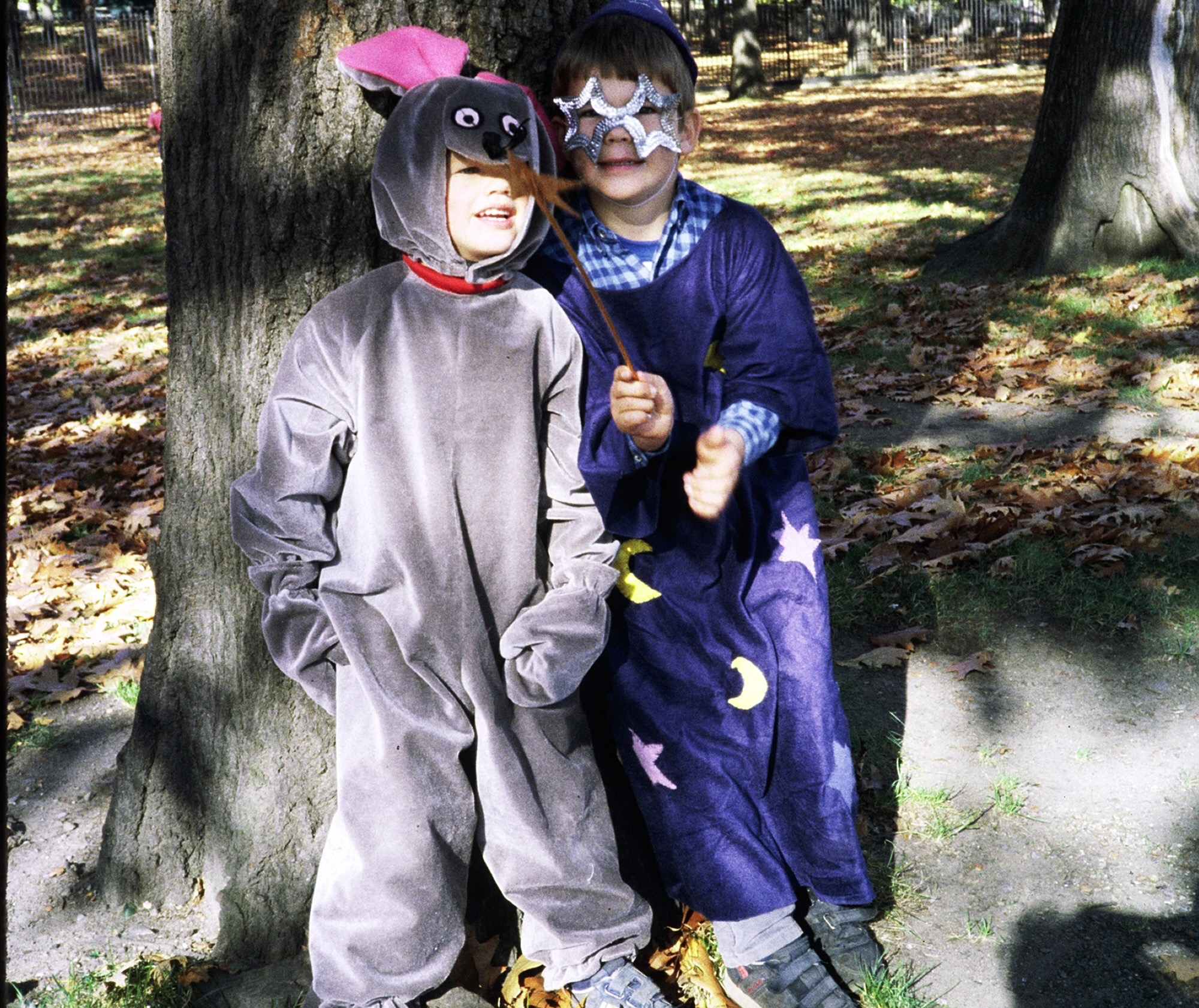
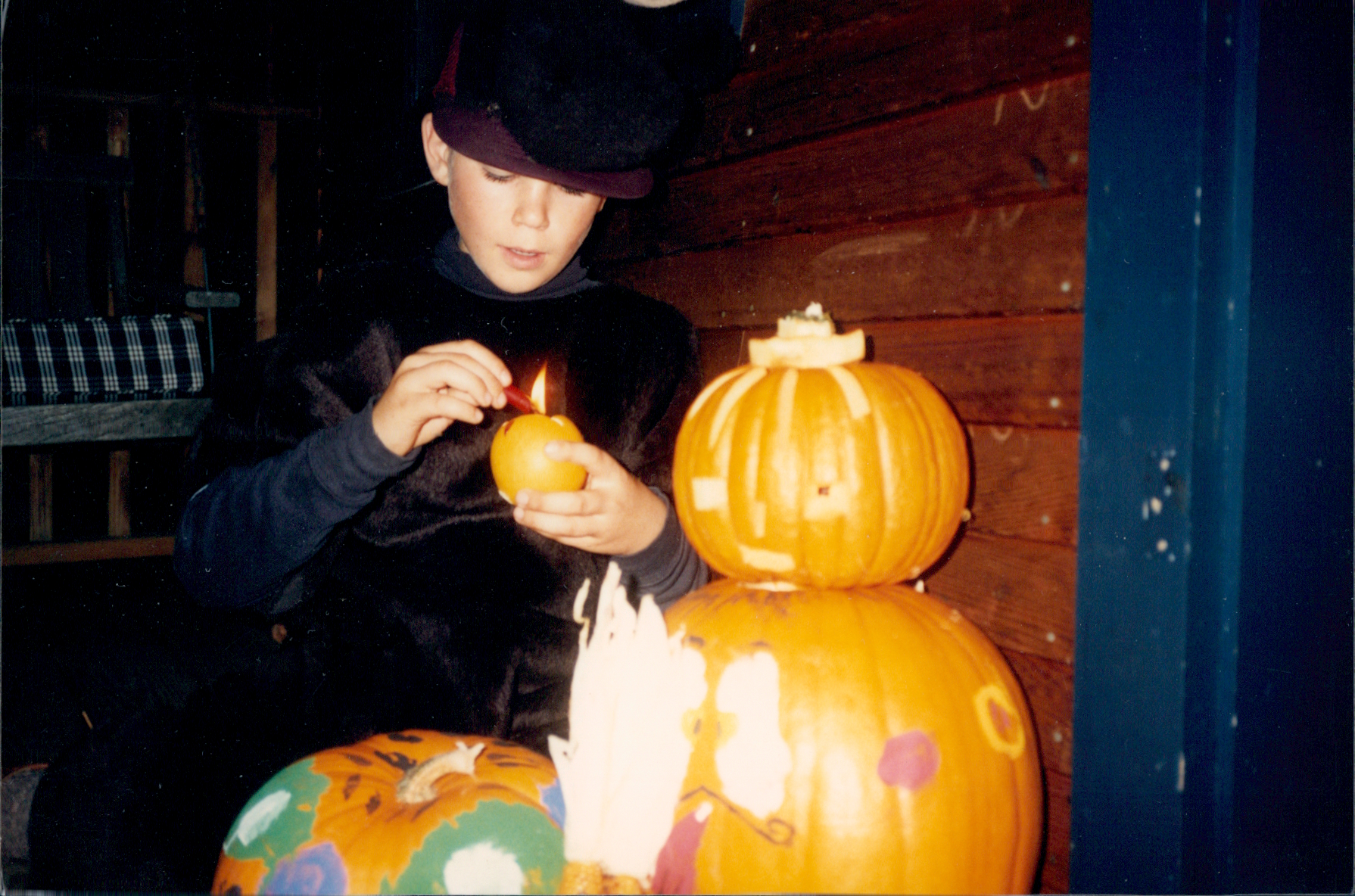

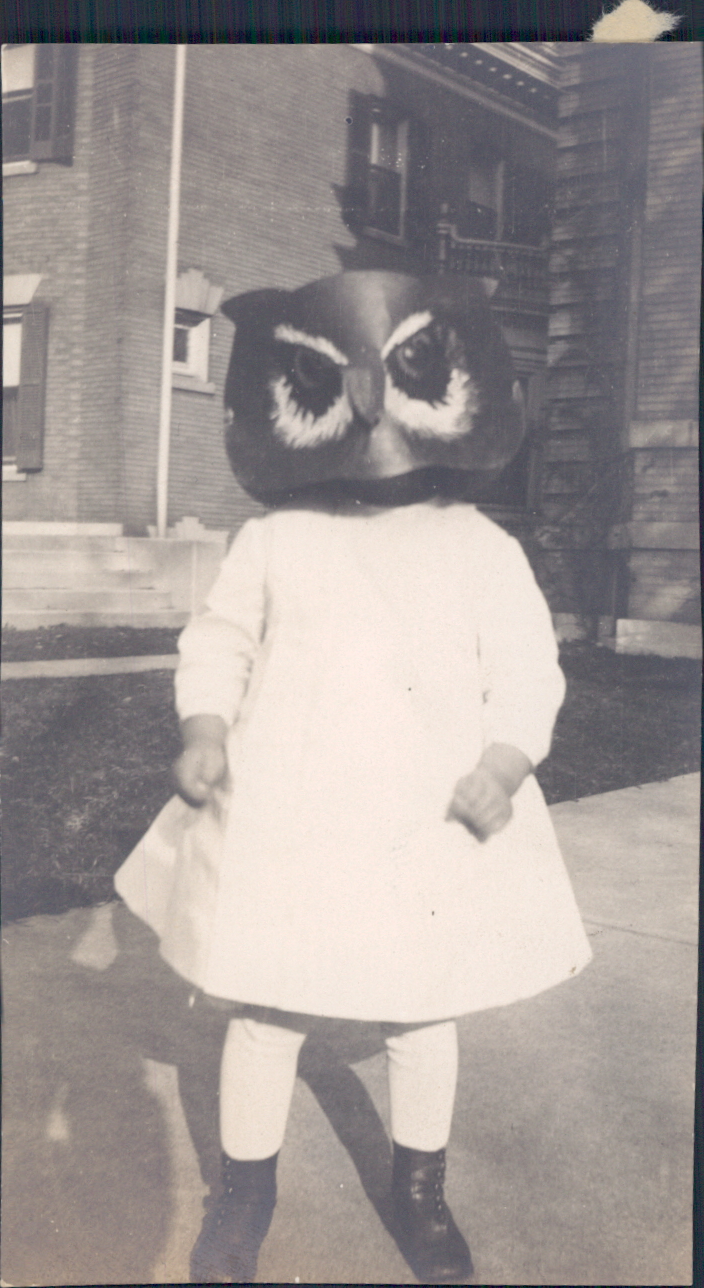

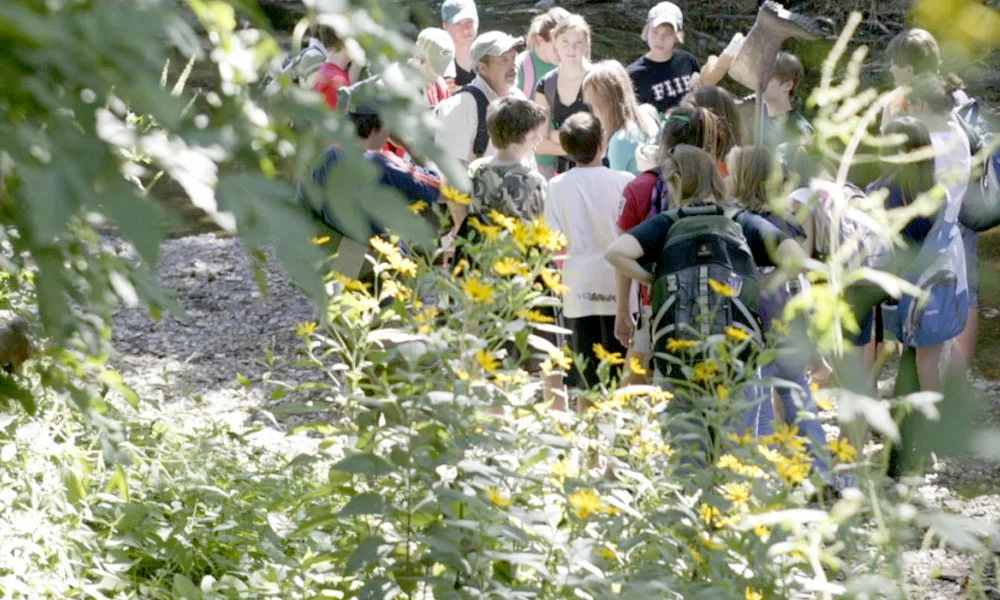





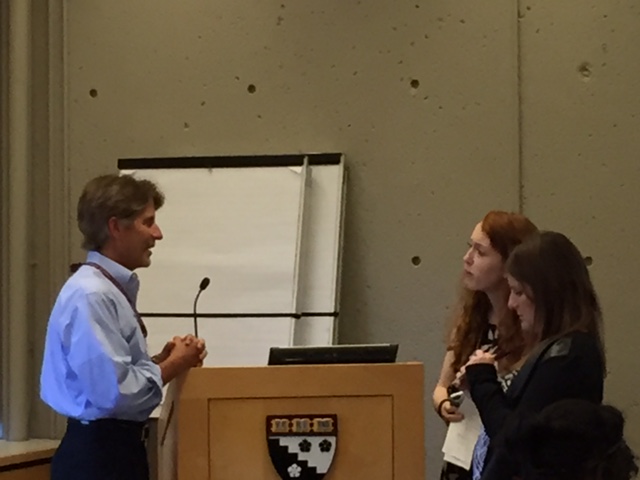 We have been reading
We have been reading 